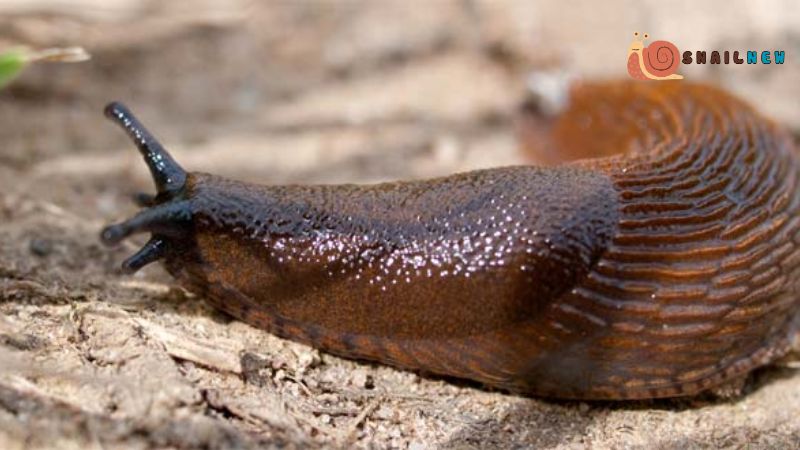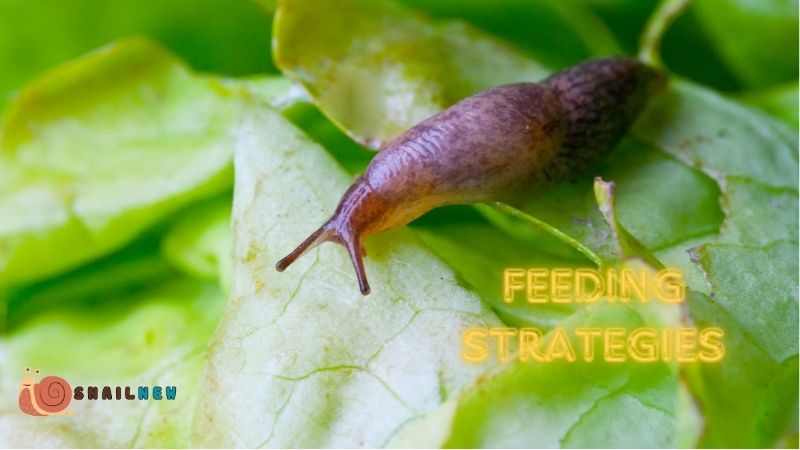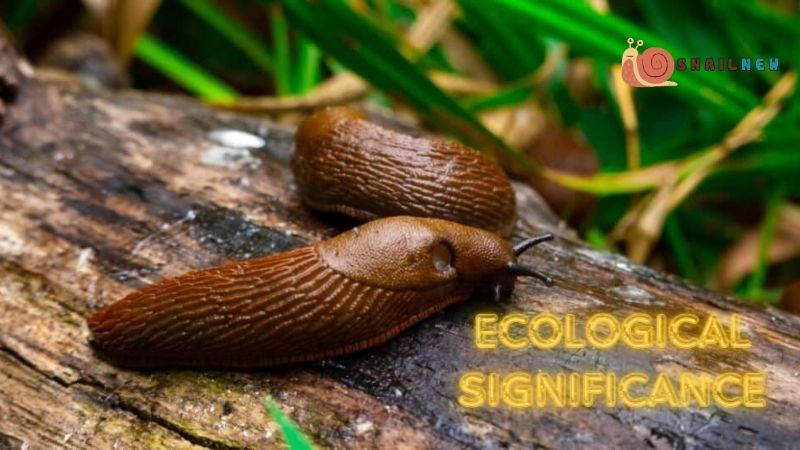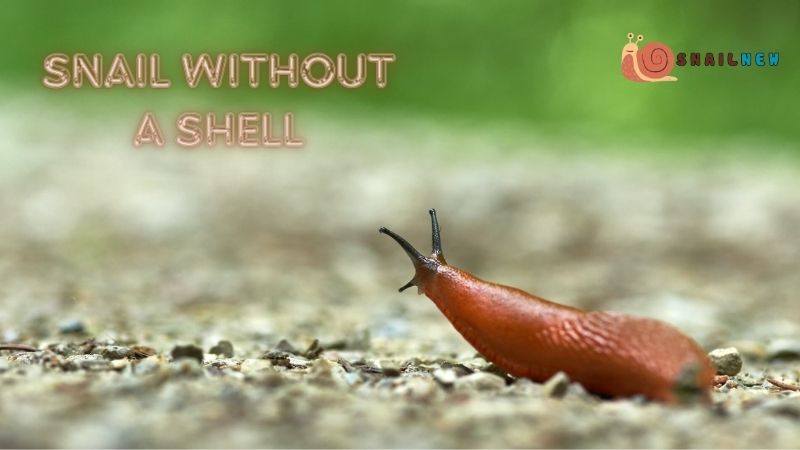In the realm of gastropods, the snail without a shell emerges as a truly distinctive and captivating entity. While its shelled counterparts boast the iconic spiral structures that define them, the shell-less snail, commonly known as a slug, embarks on a different journey through its environment. This article by Snailnew embarks on a comprehensive exploration of the remarkable adaptations exhibited by the snail without a shell, elucidating how it navigates life despite the absence of its protective casing.
Table of Contents
ToggleThe Evolutionary Odyssey
The intriguing saga of the shell-less snail begins amidst the fascinating tapestry of evolution. While the majority of snails rely on their shells as a protective shield, certain species have embarked on a remarkable evolutionary trajectory, relinquishing this conventional armor. In doing so, they have adopted alternative strategies for survival, illustrating the diverse and adaptive nature of life forms in response to environmental challenges and pressures. This narrative underscores the dynamic and ever-evolving nature of the natural world.
Anatomy and Characteristics of Snail Without a Shell
Upon initial observation, the snail without a shell may appear seemingly vulnerable, lacking the rigid exterior that characterizes its shelled brethren. Instead, it boasts a soft, mucus-coated body, facilitating effortless maneuverability through its surroundings. This distinctive adaptation endows the shell-less snail with unparalleled agility, enabling it to navigate through narrow crevices and diverse terrains with remarkable ease.

Habitat and Behavior
Despite its ostensibly delicate facade, the snail without a shell emerges as a resilient denizen capable of thriving across a spectrum of habitats worldwide. From verdant rainforests teeming with life to bustling urban landscapes, these slugs stake their claim in a myriad of environments. Their behavioral repertoire mirrors this diversity, with some species exhibiting a penchant for scavenging decaying matter while others adopt herbivorous tendencies, subsisting on plant material.
Feeding Strategies
One of the most fascinating aspects of shell-less snails is their feeding behavior. Without the protective shield provided by a shell, these slugs have developed distinctive strategies for obtaining sustenance. Some species employ specialized mouthparts to rasp and scrape plant material, while others rely on microbial decomposition to break down organic matter, thus meeting their nutritional requirements. These diverse feeding methods highlight the adaptability and resourcefulness of these snails in acquiring food in various ecological niches.

Predators and Defense Mechanisms
In a world fraught with predators, the snail without a shell must deploy a suite of cunning defense mechanisms to evade the clutches of would-be assailants. While their soft, gelatinous bodies may seem ripe for exploitation, these slugs have evolved an arsenal of tactics to deter potential threats. Certain species manufacture noxious chemicals that render them unpalatable to predators, while others rely on the art of camouflage to seamlessly blend into their surroundings, effectively eluding detection.
Reproductive Strategies
Mirroring the intricacies of their shelled counterparts, snails without shells engage in a repertoire of elaborate reproductive behaviors to perpetuate their species. Many species boast hermaphroditic traits, possessing both male and female reproductive organs. This unique characteristic affords them the flexibility to mate with any conspecific encountered, thereby augmenting the likelihood of successful reproduction and ensuring the perpetuation of their genetic lineage.
Ecological Significance
Despite often occupying the periphery of ecological discourse, snail without a shell wield profound significance within their respective ecosystems. As consummate decomposers, they serve as integral agents in the breakdown of organic matter, thereby contributing to nutrient cycling and soil health. Furthermore, they occupy a pivotal position within the food web, serving as a vital food source for a myriad of organisms and facilitating the transfer of energy through trophic levels.

Conservation Challenges
Despite their ecological significance, shell-less snails encounter a myriad of existential challenges in today’s environment. Habitat degradation, pollution, and the looming threat of climate change pose significant risks to their survival. Additionally, some species face heightened vulnerability due to predation from invasive species introduced into their habitats, exacerbating their plight. These multifaceted threats underscore the urgent need for conservation efforts aimed at mitigating these pressures and safeguarding the delicate balance of ecosystems that these snails inhabit.
Scientific Inquiry and Discovery
The enigmatic allure of snails without shells continues to captivate the scientific community, spurring ongoing investigations aimed at unraveling the intricacies of their unique adaptations. Through meticulous study and analysis, researchers endeavor to elucidate the underlying mechanisms driving their evolutionary trajectory, thereby shedding light on broader ecological processes and informing targeted conservation strategies.
In Conclusion
In summation, the snail without a shell stands as a testament to the inexorable forces of evolution and adaptation. Despite the absence of the protective armor donned by its shelled counterparts, this remarkable creature has forged a path of resilience, navigating life’s myriad challenges with ingenuity and grace. Through continued exploration and study, we glean invaluable insights into the rich tapestry of biodiversity that adorns our planet, reaffirming the profound interconnectedness of all living organisms within the web of life.


